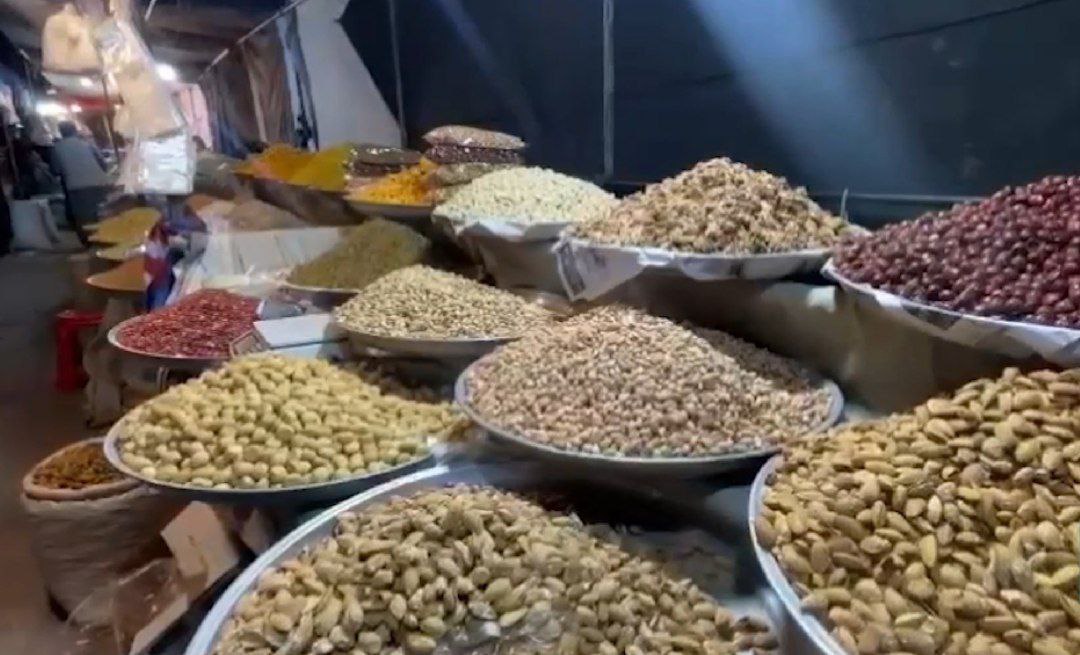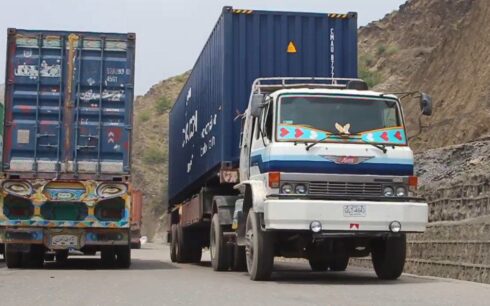BADGHIS, Afghanistan — As the Eid holiday approaches, markets in the western province of Badghis are bustling with shoppers — but vendors say sales have plummeted, blaming widespread poverty and economic hardship.
Despite the crowds, many shopkeepers report that people are largely browsing rather than buying. “People don’t have money to spend,” said Sikandar Khan, a vendor in Qala-e-Naw. “We brought in Eid items, but they remain unsold because no one can afford them.”
The slowdown in spending has affected not only clothing and household goods, but also food vendors. In the province’s fruit market, sellers of traditional Eid items such as raisins and dried fruits say customers are making only minimal purchases.
“Our business is terrible,” said Ahmad, another vendor. “Most people just buy 20 or 30 Afghanis worth of raisins. Whatever we earn barely covers basic household needs.”
Residents echoed the grim assessment, with many saying they are unable to afford even basic necessities — let alone Eid preparations.
“You talk about preparing for Eid, but we have nothing to eat,” said Abdul Hakim, a father of ten. “I can’t even provide dinner. How can I think about buying new clothes or sweets for the holiday?”
Once a time of celebration and festivity, Eid has increasingly become a painful reminder of economic hardship for families in Badghis. High unemployment, rising prices, and shrinking incomes have made this year’s holiday indistinguishable from ordinary days for many households.
Though shops remain stocked with Eid goods, few families are able to celebrate in the traditional sense — opting instead to continue navigating the daily struggle for survival.




